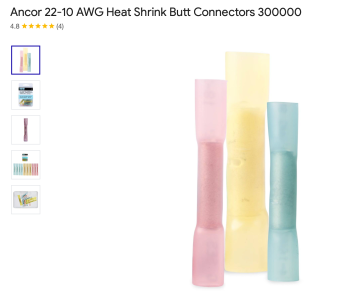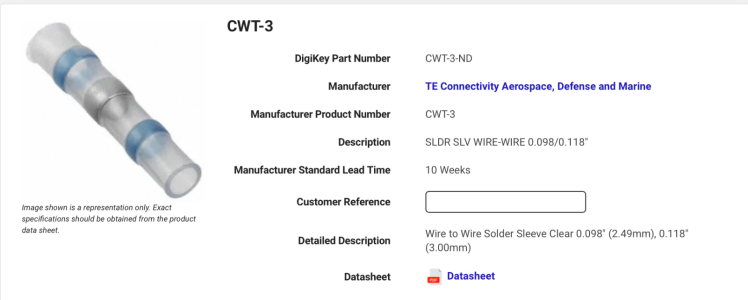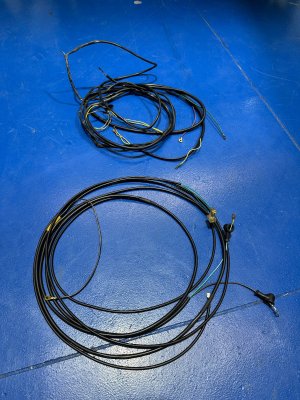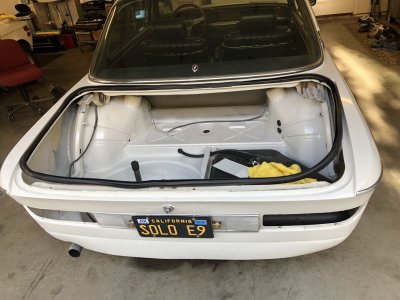LEO
Active Member
Well, as I’ve mentioned before, I’m trying to bring my White Shark CSi back to life — it’s been completely disassembled since 2019. Right now, we’re knee-deep in the restoration of the wiring harness, and I’ve run into something strange.
I found a section of the harness with very long, burned wires that belong to the fuel pump circuit. Oddly enough, all of these wires are yellow, but according to the documentation I’ve managed to find, they should be green with a white stripe, and of course brown for ground. We’ve already corrected that part, but now we’re breaking our heads trying to figure out how to route this harness properly.
We know the fuel pump relay sits under the seat, and that the power to the relay comes from a male connector under the rear “turtle” panel, but I’m not sure how it gets to the trunk — or through which hole it passes.
If anyone has photos or diagrams to help me visualize this, I’d be deeply grateful from the bottom of my heart.
Cheers,
I found a section of the harness with very long, burned wires that belong to the fuel pump circuit. Oddly enough, all of these wires are yellow, but according to the documentation I’ve managed to find, they should be green with a white stripe, and of course brown for ground. We’ve already corrected that part, but now we’re breaking our heads trying to figure out how to route this harness properly.
We know the fuel pump relay sits under the seat, and that the power to the relay comes from a male connector under the rear “turtle” panel, but I’m not sure how it gets to the trunk — or through which hole it passes.
If anyone has photos or diagrams to help me visualize this, I’d be deeply grateful from the bottom of my heart.
Cheers,
Attachments
-
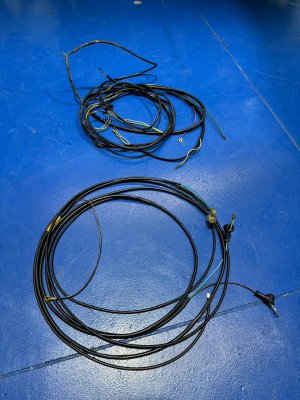 WhatsApp Image 2025-10-28 at 07.59.05.jpeg234.6 KB · Views: 53
WhatsApp Image 2025-10-28 at 07.59.05.jpeg234.6 KB · Views: 53 -
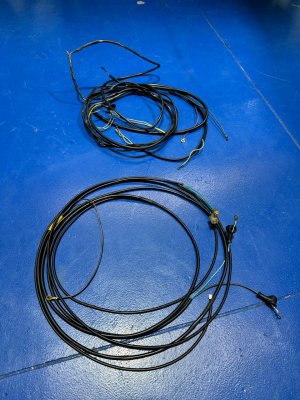 WhatsApp Image 2025-10-28 at 07.59.04 (7).jpeg236 KB · Views: 57
WhatsApp Image 2025-10-28 at 07.59.04 (7).jpeg236 KB · Views: 57 -
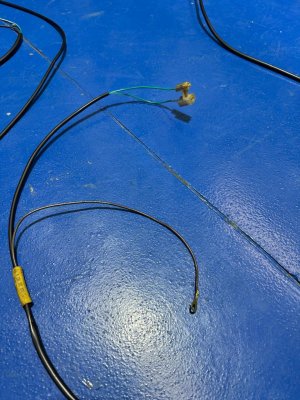 WhatsApp Image 2025-10-28 at 07.59.04 (6).jpeg218.6 KB · Views: 56
WhatsApp Image 2025-10-28 at 07.59.04 (6).jpeg218.6 KB · Views: 56 -
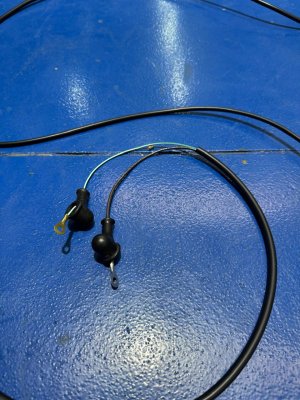 WhatsApp Image 2025-10-28 at 07.59.04 (5).jpeg211 KB · Views: 36
WhatsApp Image 2025-10-28 at 07.59.04 (5).jpeg211 KB · Views: 36 -
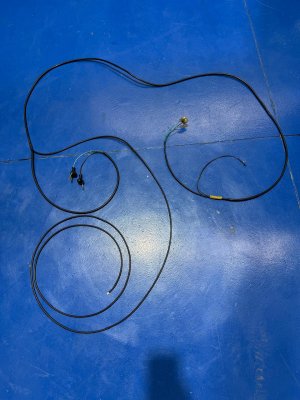 WhatsApp Image 2025-10-28 at 07.59.04 (4).jpeg212.8 KB · Views: 41
WhatsApp Image 2025-10-28 at 07.59.04 (4).jpeg212.8 KB · Views: 41 -
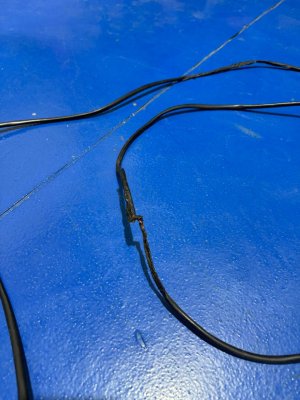 WhatsApp Image 2025-10-28 at 07.59.04 (3).jpeg146.7 KB · Views: 39
WhatsApp Image 2025-10-28 at 07.59.04 (3).jpeg146.7 KB · Views: 39 -
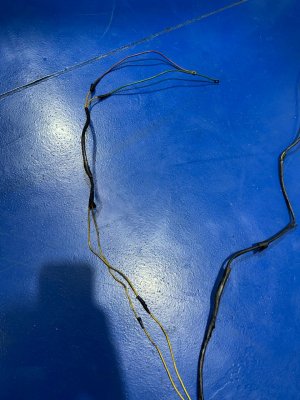 WhatsApp Image 2025-10-28 at 07.59.04 (2).jpeg181.3 KB · Views: 32
WhatsApp Image 2025-10-28 at 07.59.04 (2).jpeg181.3 KB · Views: 32 -
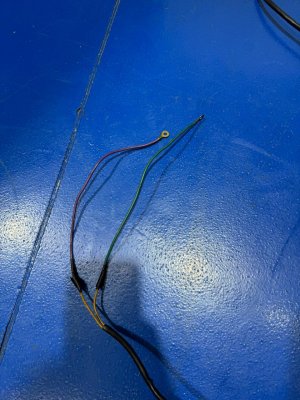 WhatsApp Image 2025-10-28 at 07.59.04 (1).jpeg190.1 KB · Views: 45
WhatsApp Image 2025-10-28 at 07.59.04 (1).jpeg190.1 KB · Views: 45 -
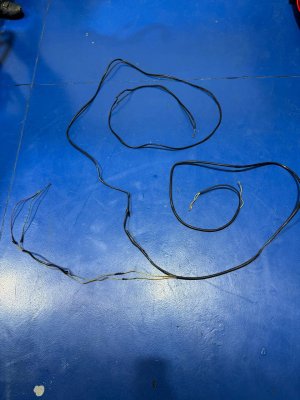 WhatsApp Image 2025-10-28 at 07.59.04.jpeg184.7 KB · Views: 41
WhatsApp Image 2025-10-28 at 07.59.04.jpeg184.7 KB · Views: 41

